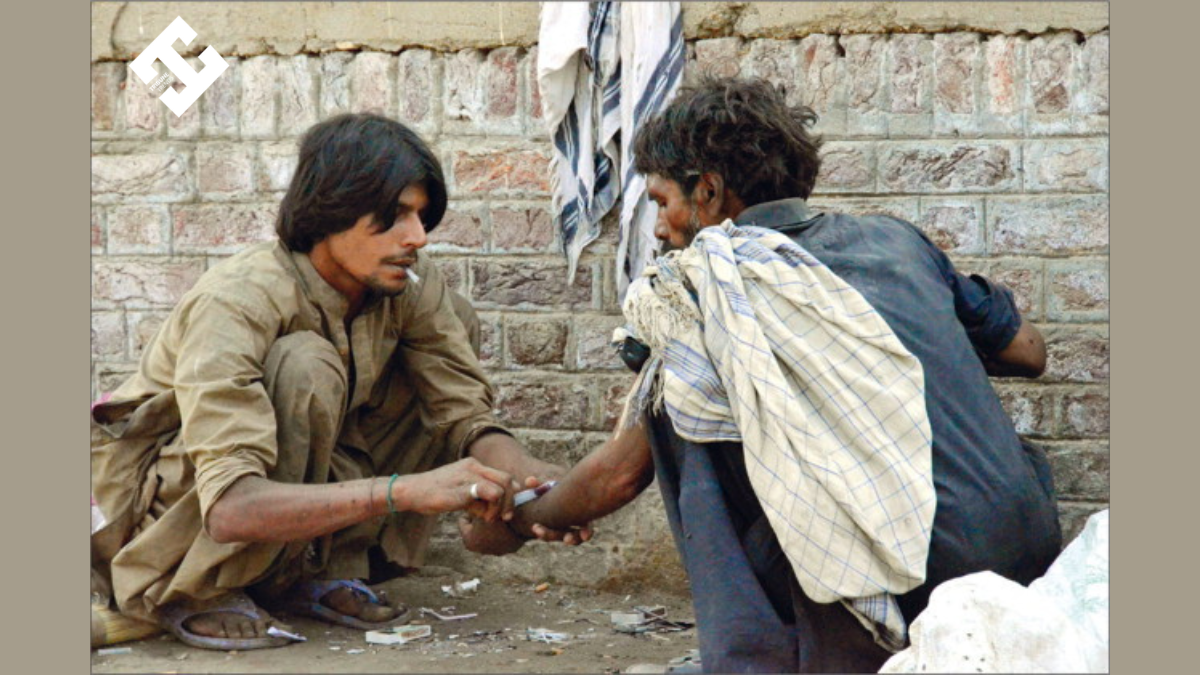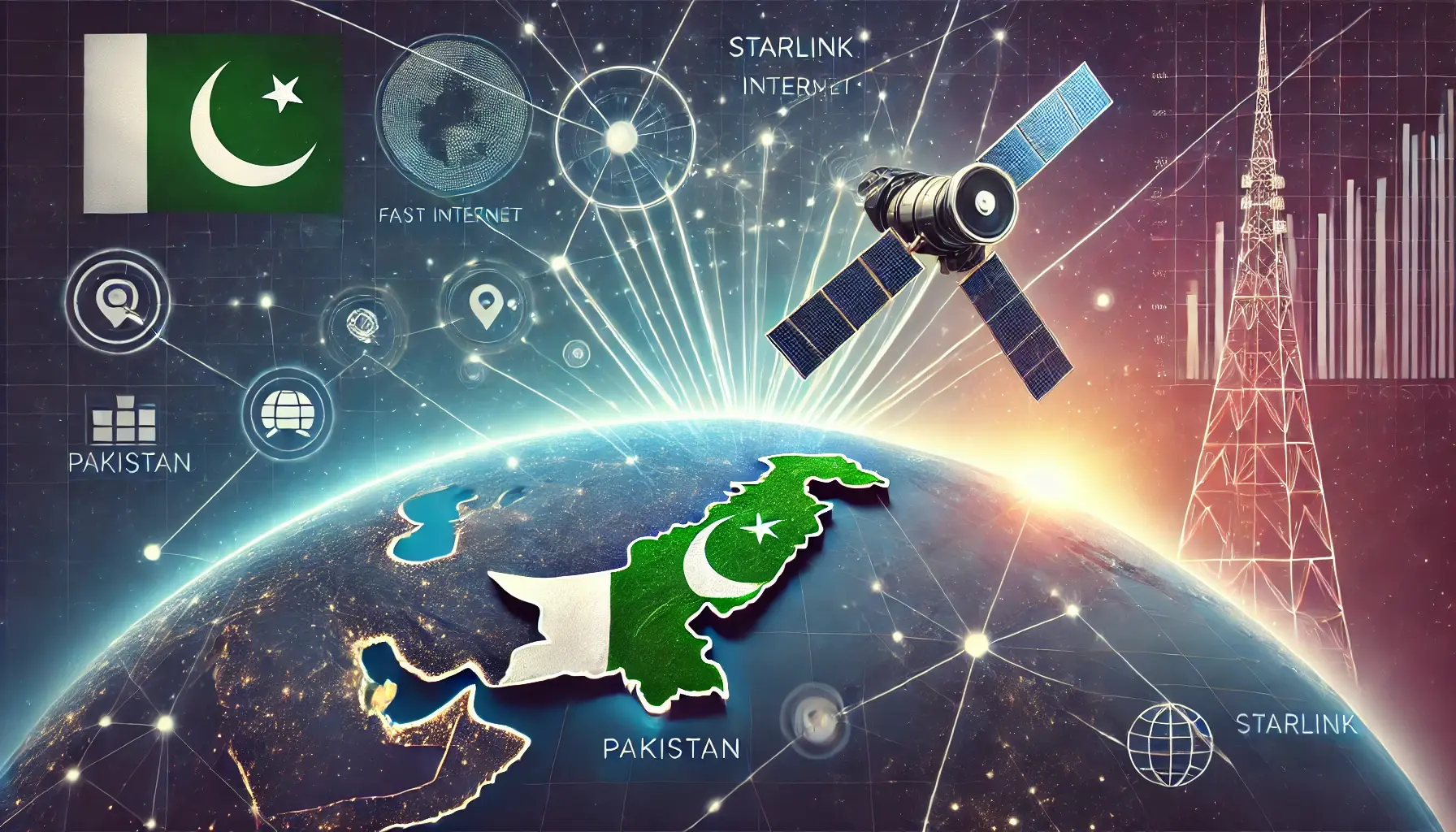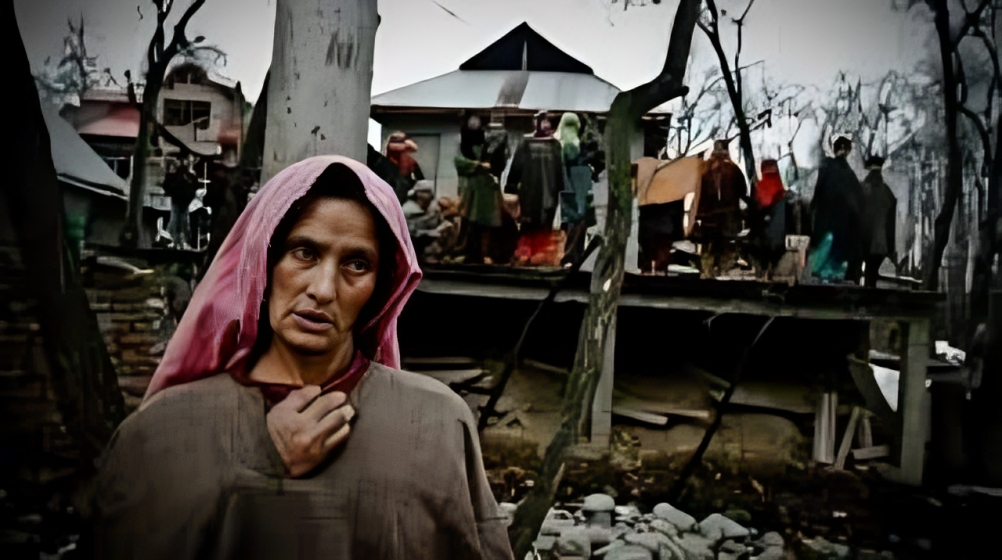Drug Abuse in Pakistan: Challenges and Management Measures
Drug abuse in Pakistan is one of the foremost pressing issues in Pakistan nowadays. Because the country faces a rise in drug-related problems, it’s crucial to grasp the factors tributary to the increase in addiction and develop effective ways to manage this issue. Addiction in Pakistan has become a significant social, economic, and public health concern. From youth to older generations, no demographic is resistant to the devastating effects of addiction. Therefore, understanding the causes, challenges, and steps being taken to deal with this issue is essential.
Understanding the Scope ofDrug Abuse in Pakistan
Pakistan has witnessed a gentle increase in abuse over the past few decades. Per reports, roughly six 7 million folks in Pakistan are drug users, with a significant portion of them being young adults. This worrisome trend has junction rectified by the widespread accessibility and use of illicit substances like opiates, opium, and methamphetamines. The impact of dependence in Pakistan goes on the far side of the individual, poignant families, communities, and the nation’s economic stability.
One key issue tributary to abuse in Pakistan is economic condition. Several people from economically deprived backgrounds address medication as the simplest way to deal with stress, trauma, and despair. In addition, an absence of awareness and restricted access to correct education exacerbates the matter, notably in rural areas.
The Causes Behind the increase in abuse
1. Economic Instability and economic condition
Poverty is one of the leading causes of abuse in Pakistan. With a significant portion of the population living below the poverty level, many of us address medication as a brief shake of their harsh realities. Those unable to {seek out|to search out} employment or afford basic requirements usually seek solace in substances that supply momentaneous relief.
Moreover, economic instability has a junction rectifier to a rise in the trafficking of illicit medication. Pakistan’s strategic location, bordering Afghanistan—one of the world’s largest producers of opium—has created it an essential transit purpose for drug traffic. This accessibility has made medication cheaper and exacerbated the addiction downside within the country.
2. Lack of Awareness and Education
An essential issue tributary to the increase in abuse is the lack of awareness and education concerning the risks of drug use. In several rural areas, folks are unaware of the harmful effects of medicine, which makes them additionally prone to addiction. Drug dealers usually exploit these vulnerable populations, giving substances as a kind of relief or recreation.
There is additionally a significant stigma close addiction that prevents folks from seeking to facilitate. The absence of education on the topic makes it troublesome for people to acknowledge the first signs of addiction and take preventive measures.
3. Social and Cultural Factors
In some communities, drug use is normalized as a part of social gatherings and celebrations. Substances like haschisch and different controlled medications are usually employed in these settings, making them appear socially acceptable. Tykes, particularly in marginalized areas, are notably prone to this social pressure, tributary to the increasing rates of addiction in Pakistan.
Family breakdowns, violence, and an absence of emotional support additionally push people, particularly the youth, towards medication as a header mechanism. Sadly, several fail to grasp the semipermanent consequences of their actions, which ends up in long-term addiction problems.
Challenges in AddressingDrug Abuse in Pakistan
1. Meagre Rehabilitation Facilities
Pakistan faces a severe shortage of rehabilitation centers and resources for treating addiction. Whereas some non-public centers offer rehabilitation services, they’re usually pricy and inaccessible to folks from lower socio-economic backgrounds. Public rehabilitation centers, on the other hand, are underfunded and poorly equipped, making it troublesome to supply adequate take care for the growing variety of people with addiction issues.
There is additionally an absence of trained professionals, like counselors and tending staff, capable of handling the complexities of addiction. While not providing correct support and steering, several people struggle to beat their addiction and sometimes relapse.
2. Legal and Political problems
The legal framework around drug use in Pakistan is insufficient for addressing the growing downside of addiction. Whereas laws exist to penalize trafficking and possession, social control remains weak. Corruption among enforcement agencies, combined with an absence of resources, makes it troublesome to tackle drug-related issues effectively.
Moreover, political instability and an absence of semipermanent policy coming up with contribute to the ineffectualness of anti-drug campaigns. Political parties usually specialize in short solutions rather than implementing a property strategy to combat the primary causes of addiction.
3. Stigma and Lack of Social Support
In Pakistan, drug addicts are usually stigmatized and marginalized by society. This lack of social acceptance makes it troublesome for people to hunt facilitate, perpetuating the cycle of addiction. The stigma of addiction, combined with feelings of shame, prevents many of us from reaching out for treatment, resulting in high relapse rates.
Additionally, several families fail to acknowledge the signs of addiction and will unknowingly support harmful behaviors. As a result, people battling addiction don’t receive the mandatory emotional and psychological support to beat their struggles.
Control Measures and Solutions
Despite the many challenges, many measures are taken to deal with abuse in Pakistan. These efforts are centered on braving the primary causes of addiction, providing rehabilitation, and preventing future abuse through education and awareness.
1. Government Initiatives and Policies
The Pakistani government has launched many initiatives to combat addiction, together with awareness campaigns, stricter social control, and also the institution of rehabilitation centers. However, these efforts remain restricted because of an absence of funding, political can, and coordination between different sectors.
One crucial facet of addressing addiction in Pakistan is the want for more robust policy implementation. The govt should assign additional resources to bar and rehabilitation programs. This includes investment in the coaching of medical professionals and increasing access to addiction treatment services for the broader population.
2. Awareness Campaigns and Education
Raising awareness concerning the risks of addiction is essential for bars. Academic programs in faculties and communities will play a significant role in teaching tykes about the dangers of drug use. By providing early education on the harmful effects of medicine, youth will be better equipped to make knowledgeable choices concerning their health.
Additionally, media campaigns and endorsements from public figures will facilitate scaling back the stigma related to addiction, encouraging people to hunt once required.
3. Strengthening social control
Effective social control is essential to fighting addiction in Pakistan. This involves strengthening the legal framework and ensuring that laws are systematically enforced. Anti-drug efforts ought to specialize in each native drug use and also the more significant issue of trafficking, with multiplied attention on the disassembly of drug-producing operations and importation routes.
Furthermore, police and different enforcement agencies ought to be better equipped and trained to subsume drug-related problems, making sure that those concerned with the drug trade are responsible.
Conclusion
In conclusion, Drugabuse in Pakistan could be a multifarious downside that needs a comprehensive approach to deal with its underlying causes and effects. Whereas the challenges are vital, there’s hope that Pakistan will begin to reverse this growing issue through more robust government policies, education, and awareness. With a spotlight on rehabilitation, prevention, and social control, abuse in Pakistan will be reduced, paving the means for a healthier and more prosperous future for the country.
Another exciting blog: Transforming Tomorrow: Automation and Artificial Intelligence Technology








Leave feedback about this